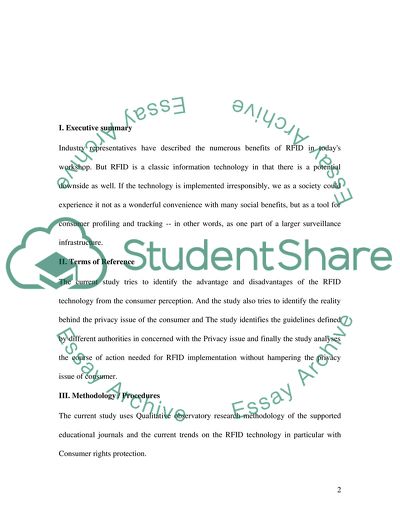Cite this document
(The Advantage and Disadvantages of the RFID Technology from the Research Paper, n.d.)
The Advantage and Disadvantages of the RFID Technology from the Research Paper. https://studentshare.org/technology/1702846-as-per-the-order-instruction-below
The Advantage and Disadvantages of the RFID Technology from the Research Paper. https://studentshare.org/technology/1702846-as-per-the-order-instruction-below
(The Advantage and Disadvantages of the RFID Technology from the Research Paper)
The Advantage and Disadvantages of the RFID Technology from the Research Paper. https://studentshare.org/technology/1702846-as-per-the-order-instruction-below.
The Advantage and Disadvantages of the RFID Technology from the Research Paper. https://studentshare.org/technology/1702846-as-per-the-order-instruction-below.
“The Advantage and Disadvantages of the RFID Technology from the Research Paper”. https://studentshare.org/technology/1702846-as-per-the-order-instruction-below.


